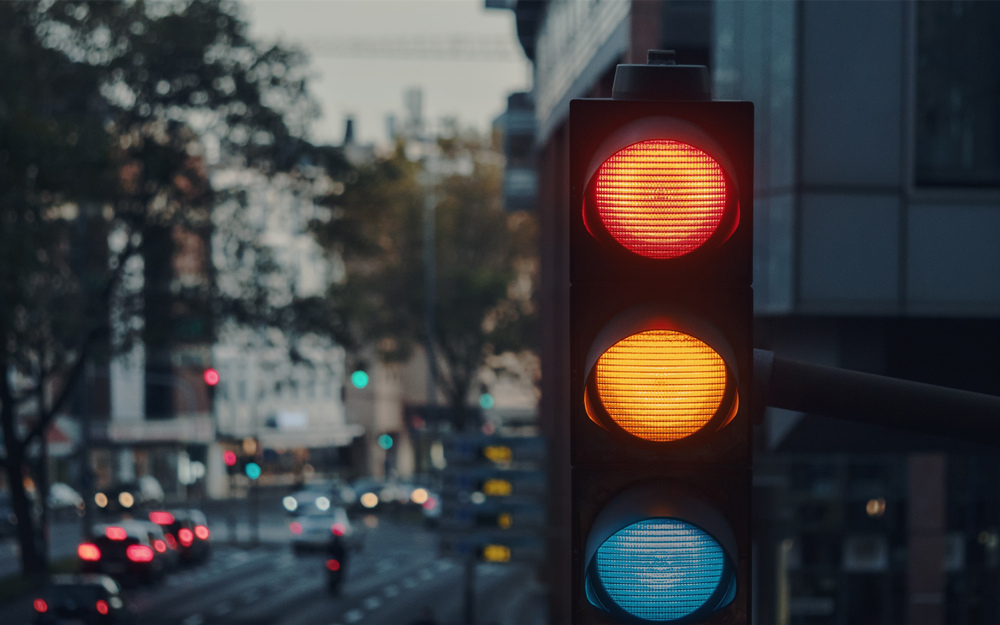Sensors on Traffic Lights: Transforming Urban Traffic Management with Advanced Radar Technology

Introduction
As urban populations grow and vehicle numbers surge, managing traffic flow efficiently while ensuring road safety has become a pressing challenge for cities worldwide. One of the critical technological advancements that has emerged to address these challenges is the integration of sensors on traffic lights. These sensors, often embedded with sophisticated radar technology, enable real-time monitoring and adaptive control of traffic signals, significantly improving traffic efficiency and safety.
This comprehensive article explores the role of sensors on traffic lights, their types, benefits, and cutting-edge applications. We will also dive into how advanced traffic radar and security radar solutions contribute to smarter cities and safer roads.
What Are Sensors on Traffic Lights?
Sensors on traffic lights are electronic devices installed at intersections to detect the presence, movement, or speed of vehicles and pedestrians. These sensors collect real-time data, enabling traffic signal controllers to adapt the timing of green, yellow, and red lights dynamically. The goal is to optimize traffic flow, minimize waiting times, and reduce congestion.
Common Types of Sensors on Traffic Lights
- Inductive Loop Sensors
Embedded beneath the road surface, these sensors detect metal objects passing over them by measuring changes in inductance. - Infrared Sensors
Use infrared light beams to detect vehicles or pedestrians crossing a specific point. - Ultrasonic Sensors
Emit ultrasonic waves and measure the time taken for the waves to bounce back from vehicles. - Video Detection Systems
Employ cameras combined with image processing algorithms to monitor traffic conditions. - Radar Sensors
Use radio waves to detect vehicle speed, distance, and movement patterns.
Why Radar Sensors on Traffic Lights Are Game Changers
Traffic radar sensors have emerged as one of the most reliable and versatile technologies for traffic detection. Unlike traditional sensors, radar sensors offer several unique advantages:
- Non-intrusive Installation: Radar sensors can be mounted above or beside the intersection without cutting into the road surface, reducing installation and maintenance costs.
- All-Weather Operation: Radar waves penetrate rain, fog, and dust, ensuring reliable detection in all weather conditions.
- Accurate Speed and Distance Measurement: Radar sensors accurately measure the speed and distance of vehicles, enabling advanced traffic signal adjustments.
- Wide Detection Range: Radar covers a broader detection area, including multiple lanes and pedestrian crossings.
How Sensors on Traffic Lights Improve Traffic Flow
Adaptive Traffic Signal Control
Sensors enable adaptive traffic signal control systems that dynamically adjust light cycles based on real-time traffic conditions. This adaptability reduces idle times, prevents unnecessary stops, and enhances throughput at intersections.
Emergency Vehicle Preemption
Advanced radar sensors can detect emergency vehicles approaching intersections, automatically giving them priority by adjusting traffic lights to green, facilitating faster emergency response and reducing accident risks.
Pedestrian Safety Enhancements
Sensors detect pedestrian presence at crosswalks and adjust signal timing accordingly, ensuring safe crossing intervals and minimizing pedestrian wait times.
Applications of Traffic Radar Sensors in Smart Cities
Intelligent Transportation Systems (ITS)
Traffic radar sensors are integral components of ITS, which use data analytics and communication technologies to create efficient, safe, and sustainable urban mobility systems.
- Real-time traffic monitoring and management
- Incident detection and response
- Dynamic traffic rerouting
Integration with Connected Vehicle Technologies
Radar sensors on traffic lights communicate with connected and autonomous vehicles (CAVs), providing critical data for vehicle decision-making, improving safety, and optimizing traffic flow.
Data Analytics for Urban Planning
Traffic data collected by sensors support city planners in designing better infrastructure, identifying congestion hotspots, and deploying targeted traffic control measures.
Benefits of Using Sensors on Traffic Lights
| Benefit | Description |
|---|---|
| Reduced Traffic Congestion | Adaptive signal timing minimizes delays and clears intersections faster. |
| Enhanced Road Safety | Detects vehicles and pedestrians to prevent accidents and improve crossing safety. |
| Lower Emissions | Smoother traffic flow reduces idling, cutting down vehicle emissions. |
| Cost-effective Maintenance | Non-intrusive radar sensors reduce road damage and maintenance expenses. |
| Scalability and Integration | Easily integrated with other smart traffic management systems and IoT devices. |
Challenges and Considerations in Deploying Traffic Light Sensors
- Initial Investment: Advanced radar sensors can have higher upfront costs compared to basic sensors.
- Data Privacy: Handling traffic data requires adherence to privacy regulations.
- Environmental Factors: Although radar performs well in adverse weather, extreme conditions can still affect sensor accuracy.
- System Integration: Compatibility with existing traffic management infrastructure is crucial for seamless operations.
Why Choose Our Traffic Radar and Security Radar Solutions?
At Hongchaung Technology, we specialize in providing state-of-the-art traffic radar and security radar systems designed to enhance traffic light functionality and ensure urban safety. Our products feature:
- High accuracy and reliability
- Easy installation and low maintenance
- Integration with leading traffic management platforms
- Customized solutions tailored to your city’s needs
Our expert team offers comprehensive support from consultation to deployment and ongoing maintenance, ensuring your traffic systems operate at peak performance.
Future Trends in Sensors on Traffic Lights
AI-Powered Traffic Signal Control
Artificial intelligence combined with sensor data will enable predictive traffic management, anticipating congestion and adjusting signals proactively.
Multi-Modal Sensing
Integrating radar with video, lidar, and other sensor types will provide a richer data set for comprehensive traffic analysis.
Vehicle-to-Infrastructure (V2I) Communication
Sensors on traffic lights will increasingly interact with vehicles directly, supporting autonomous driving and cooperative traffic management.
Conclusion
Sensors on traffic lights, especially those utilizing advanced radar technology, are pivotal in transforming urban traffic management. They enable smarter, safer, and more efficient roadways by providing accurate, real-time data that powers adaptive traffic signal control, emergency response, and pedestrian safety measures.
As cities strive toward smart and sustainable mobility, investing in cutting-edge traffic radar solutions is essential. Partner with us to leverage the latest in sensor technology and radar innovation to optimize your traffic systems and ensure safer, smoother journeys for all road users.
